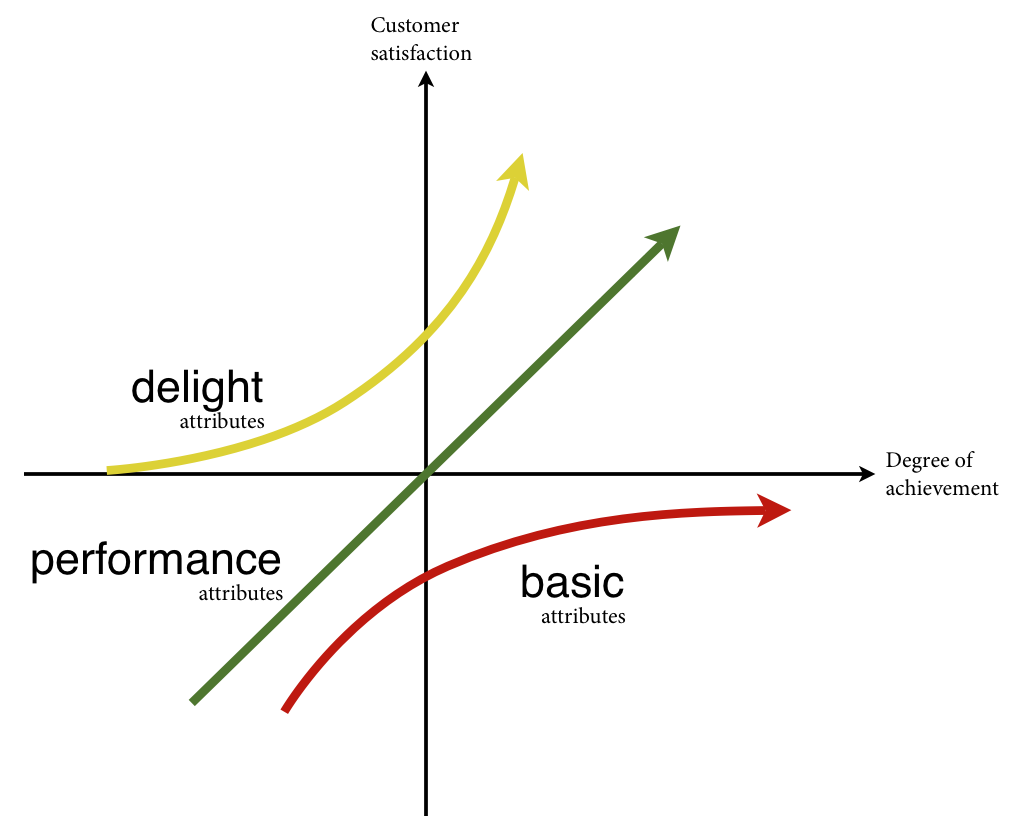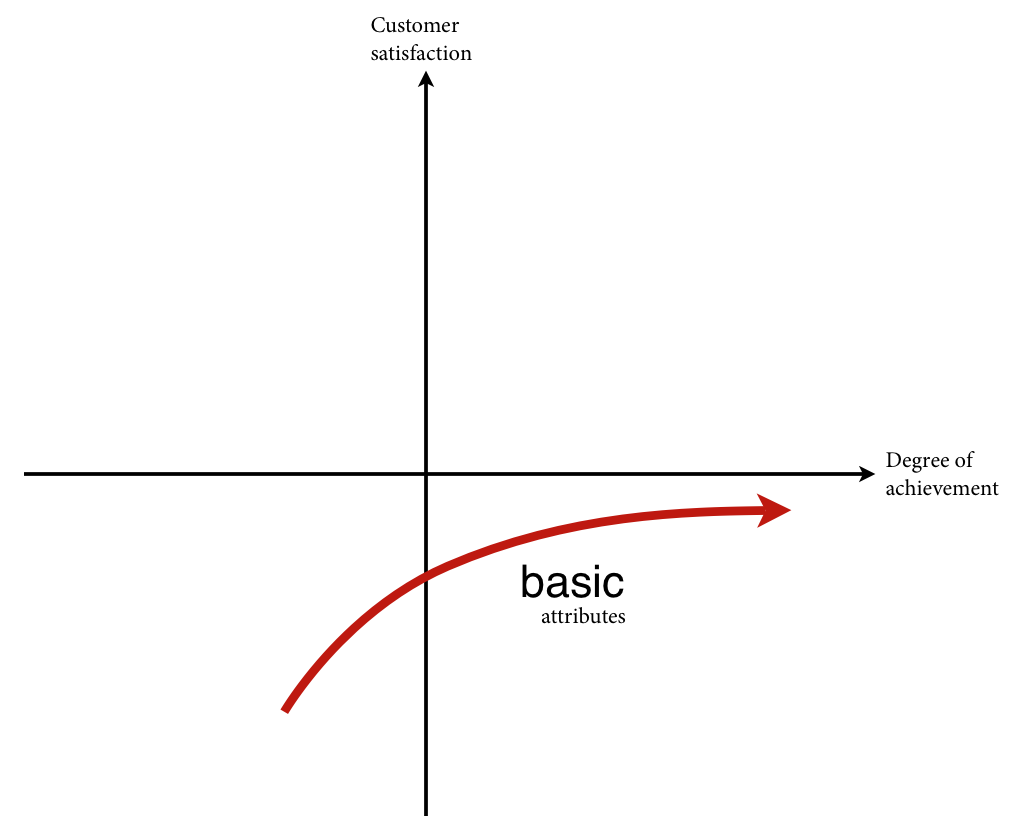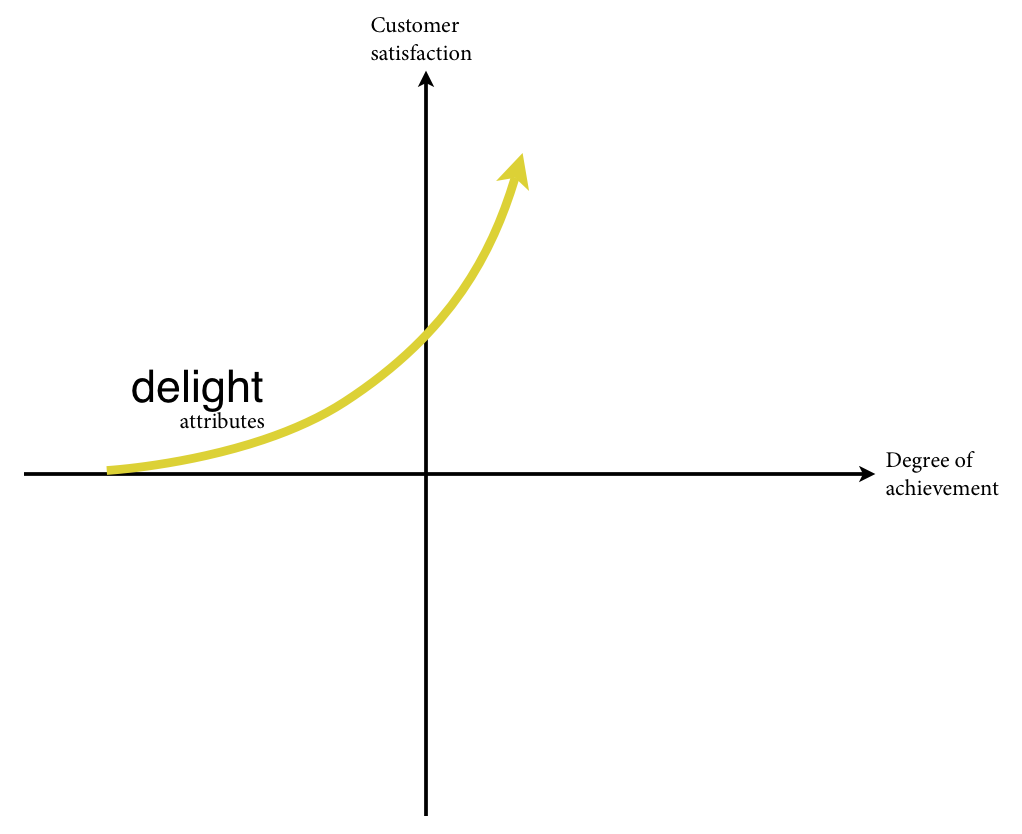
Strategy 3
Don't get mad that you lost, get mad because you didn't win
Gary Loveman is the CEO of Harrah’s casinos. Gary is an economist and prior to working in the casino world, he worked for two years at the Federal Reserve Bank of Boston, in addition to being a professor at Harvard Business School.
Before Gary Loveman’s arrival, the lifecycle of a casino was as follows: You build a large, expensive casino. For the first year you earn tremendous profits. Afterwards, you enter into a period of decline, slow but constant. Finally, a new, bigger, more expensive casino appears that crushes your earnings.
Gary foresaw that the construction of mega-casinos had no future and therefore used all of his training as an economist to find a new strategy. His first decision was to research something that no one had paid attention to before: he studied his clients and analyzed their patterns of play.
At the heart of it, the goal of a casino is very similar to that of any other company. You manage the needs of your clients and you obtain income in return. At a casino, just like at a bakery, a happy client is a repeat client. But how can client satisfaction be managed if your entire business is based upon your clients losing their money?
In Gary’s casinos, all of your actions are measured, recorded, and analyzed from the moment you enter the casino until you leave. His strategy is to identify your decision patterns and create positive and personalized gaming experiences based on them. How do they achieve that? The answer is simple: “LOYALTY CARDS“.
This card is not obligatory, but the majority of his clients have one in order to obtain prizes and discounts. When you get to the casino, you play, win or lose; it is recorded by your card. After a few visits, the system has your profile, knows the type of games that you like, the average time you spend on them, and the amount of money you can tolerate losing.
The casino knows when you have reached your loss limit. Harrah’s knows, then, that you will leave the casino with a negative feeling. Gary wants your money, but he doesn’t want you to feel bad. He does not want an unsatisfied client that will not come back. Here is where his strategy comes into play.
While you are playing and are close to reaching your loss limit, an alarm will go off and an employee will be notified of your information. This employee will approach you, call you by name, be very courteous, and try to offer to buy you a coffee, lunch, free tickets to the current show at the casino, or a small amount of money to add to your card so that you may continue playing.
The Casino now has a satisfied client. One that has won 15 dollars on their loyalty card who does not care about having lost 120 dollars playing. The casino cannot change their machines so that you win or lose, but they can change your mood when you lose. Thanks to Gary Loveman, casinos have a strategy within their services with which to manage client satisfaction.
Client satisfaction as strategy
Anticipating our users’ satisfaction in a digital service is not always a planned strategy. Ordering and prioritizing characteristics or functions that must be present in our products, and, furthermore, relating them with the satisfaction that they bring to our user is a good start.
More features do not mean a greater degree of satisfaction. Likewise, failing to include basic characteristics has a direct effect on the dissatisfaction of our users. Furthermore, each new characteristic or function to be included in the product or service leads to significant amounts of time and money that must be studied. So then, what functions should be included and which ones should be discarded in our projects?
In 1980, Professor Dr. Noriaki Kano developed a technique to solve this issue. Known as the “Kano Model“, it comprises three fundamental proposals:
- Value attracts consumers
- Quality attracts consumers and creates loyalty
- Innovation is necessary to stand out and be able to compete in the market
Professor Kano goes on the assumption that any product or service has three type of attributes:
- Threshold Attibutes (Basic): The basic characteristics that a user hopes to find in a product.
- Perfomance Attributes: They are not absolutely necessary for the product to work, but are known to increase client satisfaction with the product.
- Excitement Attributes (Delight): Those that the users are not aware of being included in a product, but they love them when they discover them.

Source: UX and the Kano model
Threshold Attibutes (Basic)
For users, these characteristics are so basic that they are rarely appreciated as elements associated with quality, but if they fail, it does not matter how well the rest of your product works, the feeling will be horrible. Think about a hotel room. Not finding cockroaches is not something that you might consider as a measure of quality, but once you find one…
If you are not capable of detecting these basic elements, the rest will not matter. Breaks in your ADSL? Submission forms don’t work? No coverage with your cell phone operator?
Excess of one of these characteristics does not mean that client satisfaction will increase disproportionately. Not finding toilet paper in the bathroom hinders perceived quality, but finding five rolls does not multiply our satisfaction fivefold.

Source: UX and the Kano model
Perfomance Attributes
As I have already mentioned, these characteristics are not fundamental to the functioning of a product or service. On the other hand, these are the characteristics that are going to have a direct impact on the perception of satisfaction of our clients. More means better; the better these qualities work, the greater the degree of satisfaction.
The true battle between products and services is fought here. Companies try to differentiate their products by adding or strengthening this type of characteristic. For example, think about your car’s gas mileage, Dropbox storage capacity, the speed of your ADSL connection, etc.
You can sense from the examples that these characteristics are those that are the most expensive for companies. The evolution of these functions is progressive, from less to more, without too many jumps. When one of the competitors in the markets presents a revolutionary performance attribute, they tend to become owners of a large share of that market. Remember when Gmail appeared in the market with 1 GB for email storage, when 10 or 15 MB was the norm up until then.

Source: UX and the Kano model
Excitement Attributes (Delight)
Users’ discovery of these unexpected characteristics makes their degree of satisfaction with our product or service soar. Your users and competition would have never expected them. This is because the unexpected characteristics are the most difficult to achieve. A broad knowledge and reflection of a problem is needed before discovering a latent need in our users.
In my case, excitement attributes were those such as the possibility of having offline lists available on Spotify and the Apple application “Apple Store” to be able to pay through your iTunes account at any Apple Store in the world.
When no excitement attributes exist, the satisfaction of our clients is not weakened; after all, the attributes were not expected. However, when a client discovers one of them, they are so surprised by it that the perceived quality of your product grows exponentially.

Source: UX and the Kano model
How can you implement the Kano Model in your project?
The Kano model is a fantastic tool to be able to analyze our users’ experience with our product. It is also a time and money optimizer during the development of our product, since it gives us a temporary developmental map that our products need. In addition to proposing some logical steps (copied directly here) I am directly linking to some examples that will be of great help to you. Example 1, Example 2, Example 3.
- Brainstorm all of the possible characteristics and attributes that your product might need.
- Classify the results in a table under the headings “Threshold Attributes”, “Performance Attributes”, “Excitement Attributes” and “Non Relevant”
- Focus on the “Threshold Attributes” list. Read and re-read this list, if it is a long list and this implies that you will need to cut down the number of “Performance Attributes” due to development time or money, don’t worry. Remember that without solid basic functioning, the rest of the development doesn’t even matter.
- In the first development phases, exclude the “Not Relevant” attributes”.
- Try to incorporate an “Excitement Attribute” in your development. Do not sacrifice any of the basic characteristics for it, but you can evaluate the elimination of one of the attributes from the “Performance Attributes” list.
- Set up a good balance between the price of your product and the “Performance Attributes” list. Think about what a user is able to pay and what they will receive in exchange.
Think about the casinos again. Having a good casino, a big casino, a clean casino, with toilet paper in every bathroom and machines that work properly are not going to be what make it successful.
Success will lie in having a good casino, a big casino, a clean casino with toilet paper rolls in every bathroom, machines that work properly, and also discovering that the management of users’ emotions is your strategy for success.
Follow @NoamMorrissey Tweet